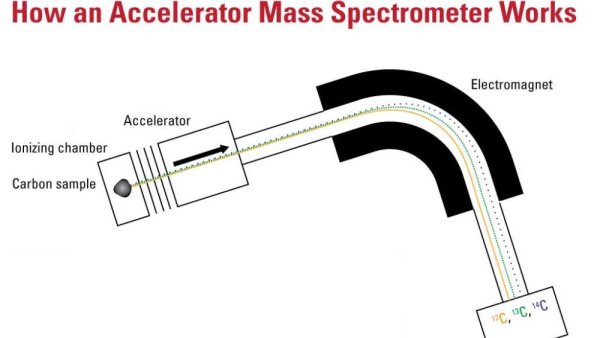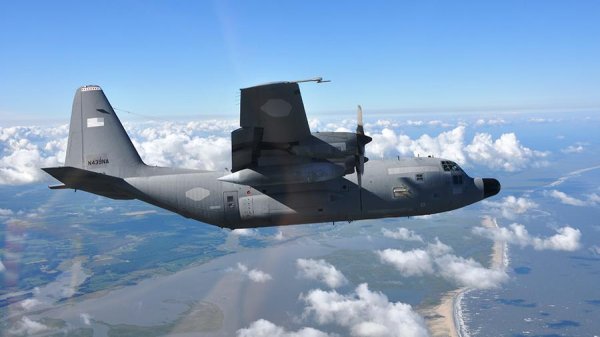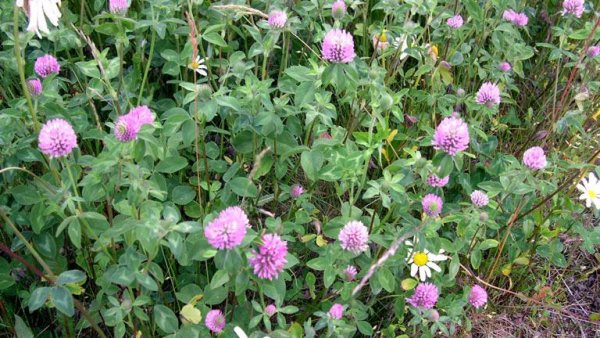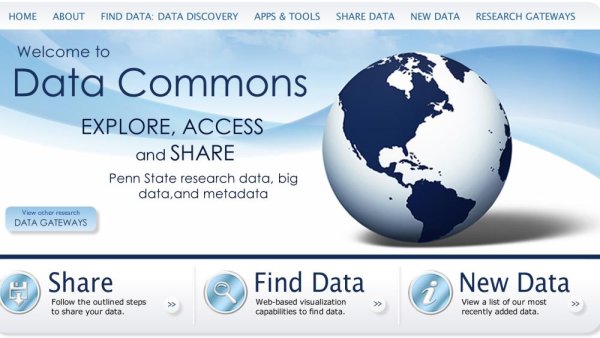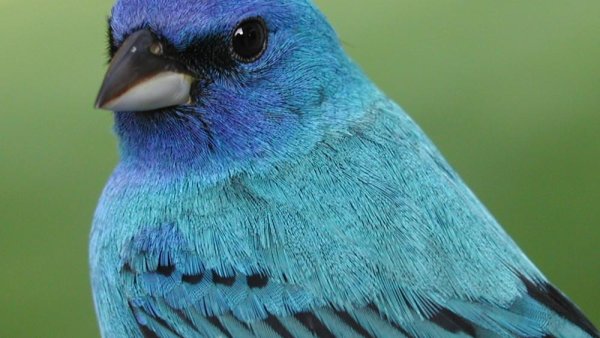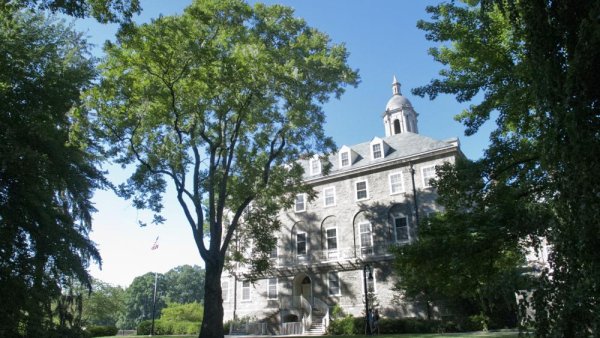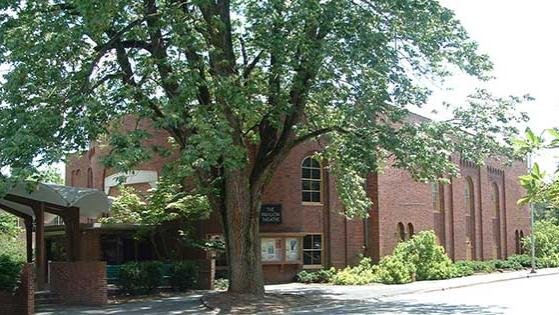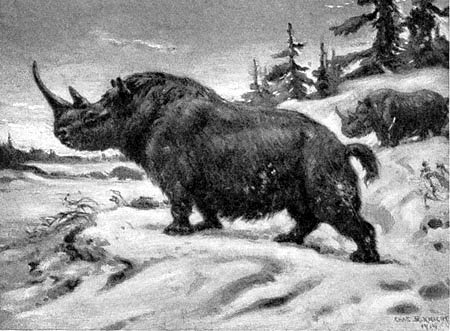State-of-the-art carbon-14 dating facility coming to Penn State
| psu.edu
Penn State will soon be home to an accelerator mass spectrometer (AMS) that will allow researchers all over the country to do high-precision carbon dating to address questions about Earth's past and present. The new instrument will be able to determine the age of samples from the past 10,000 years within 15 to 20 years and will be used by scientists from across the nation.
NASA awards $30M grant to Penn State to help answer climate questions
| psu.edu
Penn State will lead a five-year, $30 million mission to improve quantification of present-day carbon-related greenhouse gas sources and sinks. An improved understanding of these gases will advance our ability to predict and manage future climate change.
Research reveals true value of cover crops to farmers, environment
| psu.edu
Planting cover crops in rotation between cash crops -- widely agreed to be ecologically beneficial -- is even more valuable than previously thought, according to a team of agronomists, entomologists, agroecologists, horticulturists and biogeochemists from Penn State's College of Agricultural Sciences.
Data Commons connects researchers through data sharing
| psu.edu
In order to promote open access to research data, many funding agencies such as the National Science Foundation (NSF) and the National Institutes of Health (NIH), require that research data generated by publicly-funded projects be made publicly available. In addition, some journals require authors to make materials, data and associated protocols promptly available to readers as a condition of publication. Researchers can now more easily comply with these policies by utilizing the services of Penn State’s Data Commons.
Researchers study how to accurately measure a city's greenhouse gas emissions
| phys.org
If a community wanted to cut its greenhouse gas emissions and decided to take steps to do it, how would it know if the steps it was taking worked?
'Citizen science' leads to new Pa. birding atlas
| psu.edu
With the dedication of more than 2,000 volunteers, 52 authors and a number of trained ornithologists, geographic information specialists and other professionals, the Second Atlas of Breeding Birds in Pennsylvania was published in November by the Penn State University Press.
Ailanthus tree's status as invasive species offers lesson in human interaction
| psu.edu
An exotic tree species that changed from prized possession to forest management nightmare serves as a lesson in the unpredictability of non-native species mixing with human interactions, according to researchers.
Decoys could blunt spread of ash-killing beetles
| psu.edu
As the emerald ash borer ravages North American ash trees, threatening the trees' very survival, a team of entomologists and engineers may have found a way to prevent the spread of the pests. "Within 25 years, practically no ash trees may remain on either side of the St. Lawrence Seaway," said Akhlesh Lakhtakia, Charles Godfrey Binder Professor of Engineering Science and Mechanics at Penn State.
Science Seminars: Jan. 21 to 27
| psu.edu
Science Seminars for Jan 21 to 27
Ice Age humans: Did they affect the extinction of large mammals?
| earthsky.org
The histories of six large herbivores — the woolly rhinoceros, woolly mammoth, wild horse, reindeer, bison, and musk ox — are linked with climate fluctuations and human activity, especially at the end of the last ice age, scientists reveal in a new report. This article mentions Penn State Research.
Vice President's Awards recognize outreach efforts
| psu.edu
Penn State Outreach staff members were honored recently with Vice President's Awards for their contributions to the outreach mission of the University. "These awards recognize and celebrate excellence in our outreach organization," said Craig D. Weidemann, vice president for Outreach at Penn State. "The award recipients are recognized for their extraordinary contributions and dedication to the outreach mission of the University.

